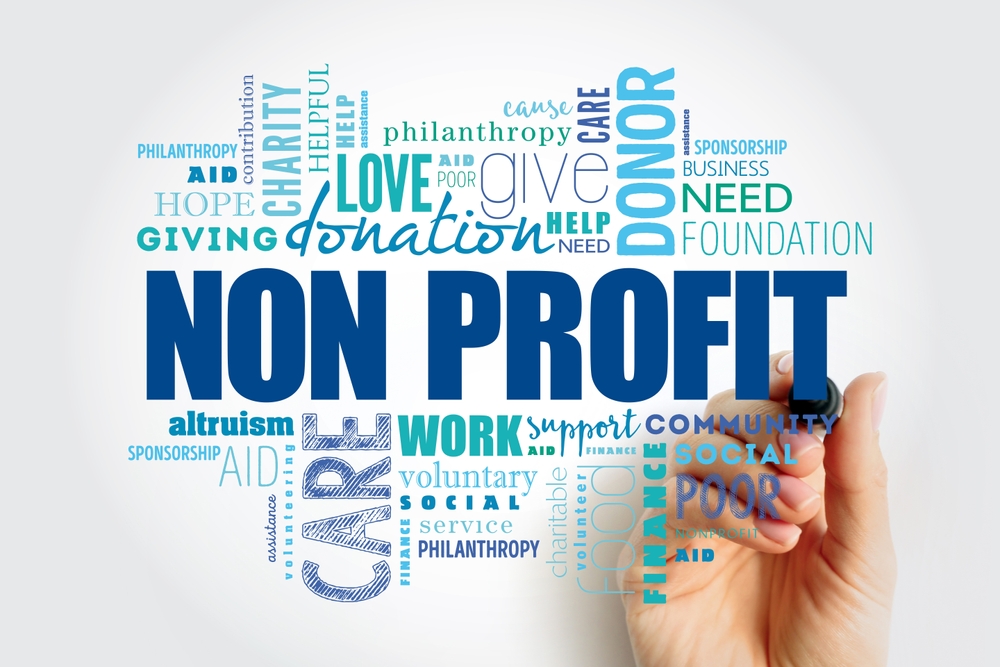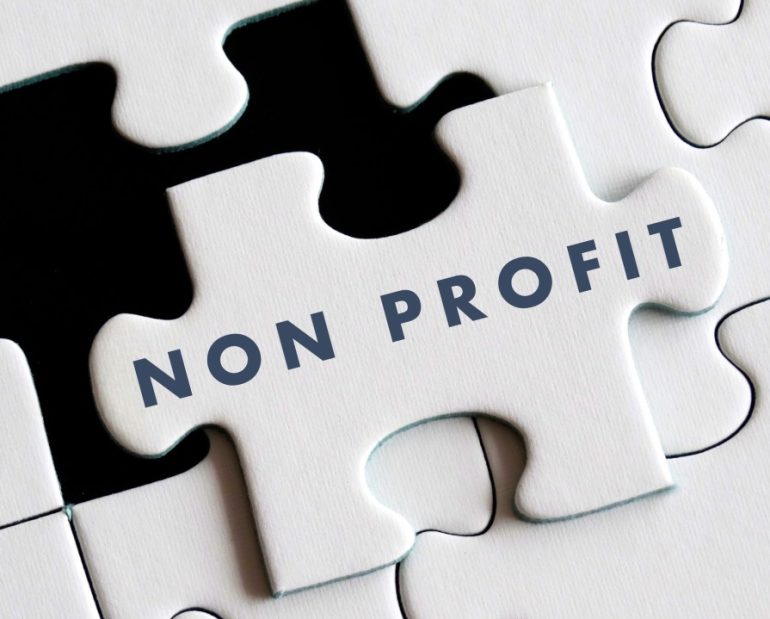In today’s saturated media world, nonprofit organizations face an unprecedented challenge: breaking through the noise to capture hearts, minds, and wallets. While traditional PR tactics focus on press releases and media pitches, the most successful nonprofits have discovered a powerful secret weapon—authentic storytelling. This approach transforms abstract missions into compelling narratives that resonate deeply with audiences, turning casual observers into passionate advocates and one-time donors into lifelong supporters.
Nonprofit storytelling isn’t simply about sharing success stories or tugging at heartstrings. It’s a strategic communication approach that humanizes your cause, demonstrates tangible impact, and creates emotional connections that inspire action. When executed effectively, storytelling becomes the bridge between your organization’s mission and your community’s desire to make a difference. It transforms statistics into human experiences, making complex social issues accessible and urgent.
The power of storytelling in nonprofit PR lies in its ability to make abstract concepts tangible. Rather than stating that your organization “serves 10,000 meals monthly,” effective storytelling shares one family’s journey from hunger to hope, creating a lasting emotional impact that drives engagement. This approach doesn’t diminish the importance of data—instead, it provides the emotional context that makes those numbers meaningful. Stories create the emotional foundation that motivates people to care, while data provides the logical framework that justifies their support.
Modern nonprofits that master storytelling don’t just communicate their impact—they build movements. They transform their missions from organizational statements into shared narratives that inspire collective action and create lasting change in both hearts and minds.
The Strategic Foundation of Nonprofit Storytelling

Effective nonprofit storytelling begins with strategic purpose. Before crafting any narrative, organizations must clearly define their storytelling objectives. Are you seeking to raise awareness about a critical issue, encourage donations for a specific campaign, recruit volunteers for upcoming initiatives, or demonstrate your organization’s impact to potential funders? Each purpose requires a different storytelling approach and messaging strategy.
Understanding your audience forms the second pillar of strategic storytelling. Your narrative approach should vary significantly depending on whether you’re addressing individual donors, corporate sponsors, grant-making organizations, volunteers, or the general public. Each audience brings different motivations, concerns, and decision-making processes. A story aimed at major donors might emphasize long-term impact and organizational sustainability, while content for social media followers might focus on immediate, shareable moments of transformation.
The most compelling nonprofit stories center around authentic characters whose experiences embody your mission’s impact. These characters can include program beneficiaries, dedicated volunteers, passionate staff members, or generous donors. However, the most emotionally powerful stories typically feature individuals whose lives have been directly transformed by your organization’s work. When selecting story subjects, prioritize those whose journeys reflect both the challenges you address and the positive transformation you enable.
Crafting Compelling Narratives That Drive Action
The anatomy of effective nonprofit storytelling follows proven narrative structures that engage audiences and inspire action. Character-driven narratives form the foundation of impactful stories. Instead of positioning your organization as the hero, focus on the real people whose lives intersect with your mission. Whether featuring a student accessing education, a family finding stable housing, or a community leader driving local change, personal narratives make your cause relatable and memorable.
Creating meaningful conflict and resolution within your stories demonstrates both the urgency of the issues you address and the effectiveness of your solutions. Highlight the challenges or obstacles your nonprofit tackles, creating a sense of urgency that demonstrates the critical importance of your organization’s work. Then showcase the positive transformations resulting from your efforts, illustrating how your intervention leads to improved lives and situations.
Emotional resonance distinguishes memorable stories from forgettable content. Use vivid descriptions and personal experiences to evoke genuine emotions. Share the challenges, hopes, and triumphs of those impacted by your nonprofit’s work to foster deeper connections with your audience. However, balance emotional appeal with factual accuracy—incorporate quantitative data and program impact metrics to prove that you’re representing your work accurately and not embellishing results.
Ethical Storytelling Practices That Build Trust

Responsible nonprofit storytelling requires careful attention to ethical considerations that protect story subjects while maintaining narrative impact. Empower your beneficiaries by giving them complete control over their stories from start to finish. Invite them to share only information they feel comfortable revealing, obtain explicit permission for all communications featuring their stories, and provide them final approval over story content.
Avoid the savior complex that positions your organization as the hero rescuing helpless beneficiaries. Instead, focus on empowering storytellers and highlighting their agency, resilience, and strength. Present beneficiaries as complete individuals with their own goals, challenges, and victories, rather than one-dimensional representations of need.
Visual storytelling enhances narrative impact when executed respectfully. Use authentic, unedited photographs of community members with their full permission, avoiding stock images or visuals that misrepresent your main characters. If storytellers prefer anonymity, utilize other organizational photos or visual elements that align with your story’s tone and organizational branding.
Amplifying Stories Across Multiple Channels
Multi-channel distribution maximizes your storytelling impact by reaching audiences where they naturally consume content. Social media platforms excel at sharing bite-sized story moments, compelling visuals, and behind-the-scenes glimpses of your work. Email newsletters provide space for longer-form narratives that dive deeper into individual journeys and organizational impact. Your website serves as a permanent repository for comprehensive case studies and detailed success stories.
Video storytelling offers particularly powerful opportunities for nonprofit organizations. Short testimonial videos featuring beneficiaries, volunteers, or staff members create authentic connections that text alone cannot achieve. These videos work effectively across multiple platforms, from social media posts to fundraising presentations and grant applications.
Consider implementing story submission systems that reduce resource strain while empowering community members to share their own experiences. Add story submission forms to your website, include ongoing calls for stories in monthly newsletters, and directly invite volunteers and participants to contribute their narratives. This approach puts storytelling power directly into community members’ hands while generating authentic content for your organization.
Measuring Storytelling Success and Long-Term Impact

Effective nonprofit storytelling extends beyond immediate metrics like social media engagement or website traffic. Long-term impact measurement focuses on behavioral changes and attitude shifts that indicate a genuine connection with your cause. Track increases in volunteer applications, donation growth, social media advocacy, and community conversations sparked by your stories.
Relationship building represents one of storytelling’s most valuable outcomes. Stories that resonate create lasting connections between your organization and supporters, fostering trust and encouraging ongoing engagement. Monitor supporter retention rates, recurring donation patterns, and volunteer longevity to assess your storytelling program’s relationship-building effectiveness.
Regular story collection and documentation ensure a steady stream of compelling content while building an organizational archive of impact stories. Develop systems for regularly interviewing beneficiaries, volunteers, and staff members. Create templates and processes that make story collection efficient while maintaining quality and ethical standards.
Nonprofit storytelling transforms organizational missions into movements by creating emotional connections that inspire action. When nonprofits master strategic, ethical storytelling practices, they build trust, demonstrate impact, and cultivate lasting supporter relationships that drive meaningful change in their communities and beyond.

